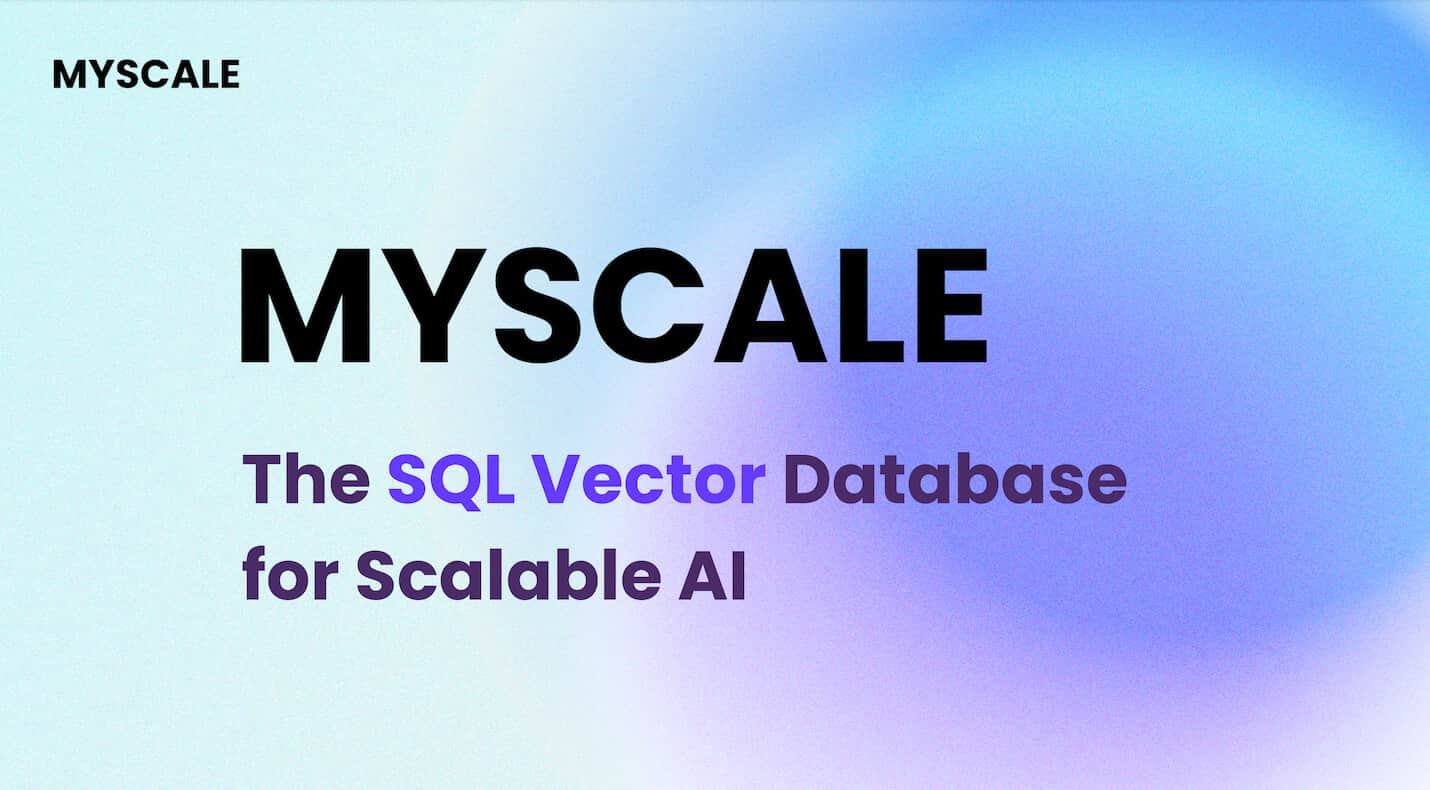
In the realm of healthcare, Large Language Models (LLMs) (opens new window) and diffusion models (opens new window) are revolutionizing the landscape. These cutting-edge technologies hold immense significance, offering a glimpse into the future of medical advancements. Understanding their role is crucial for navigating the evolving healthcare ecosystem effectively. This blog will delve into the intricacies of LLMs and diffusion models, exploring their applications and impact on healthcare practices, including how to train LLM for enhanced clinical utility.
# Diffusion Models in Healthcare
Demystifying Diffusion-Based Models
Diffusion models play a pivotal role in healthcare, utilizing Diffusion to enhance data analysis and decision-making processes. By understanding the Basic Concepts of diffusion-based models, healthcare professionals can leverage these innovative tools effectively. The application of diffusion models in medical imaging has shown promising results, such as boosting health risk prediction (opens new window) through data augmentation techniques (opens new window).
In practical scenarios, diffusion-based models have been instrumental in the restoration of time-series medical data (opens new window), showcasing their relevance and impact on improving patient outcomes. This comprehensive survey on knowledge distillation (opens new window) emphasizes the significance of diffusion models for medical anomaly detection (opens new window), highlighting their potential to revolutionize diagnostic procedures.
Improving Diffusion Models
Enhancing diffusion models involves exploring advanced Techniques and Methods that refine their predictive capabilities. Through case studies and real-world applications, the efficacy of these methods becomes apparent. The reliable generation of Electronic Health Record (EHR) (opens new window) time series using diffusion models demonstrates their practical utility in healthcare settings.
By delving into diverse applications and outcomes, healthcare practitioners can gain valuable insights into optimizing diffusion models for specific medical tasks. These advancements pave the way for more accurate diagnostics and personalized treatment strategies tailored to individual patient needs.
Generative AI (opens new window) Research Spotlight
The integration of generative AI with diffusion models opens new avenues for research and innovation in healthcare. Key findings from research highlight the potential of generative AI to transform patient care by generating realistic and anonymized datasets for training purposes. The implications for healthcare are profound, offering opportunities to improve clinical decision-making processes and drive advancements in medical research.
# Large Language Models in Healthcare
# Large Language Model Deployment
Implementing Large Language Models (LLMs) in healthcare requires meticulous planning and strategic execution. The Implementation Strategies adopted play a crucial role in optimizing the model's performance and ensuring seamless integration into existing healthcare systems. By focusing on data preprocessing techniques and fine-tuning model parameters, healthcare professionals can enhance the accuracy of medical text analysis and streamline clinical decision-making processes.
Addressing the inherent challenges associated with LLM deployment is essential for maximizing their potential benefits. Identifying potential bottlenecks and developing innovative solutions are key aspects of overcoming obstacles in Large Language Model Deployment. Through continuous monitoring and adaptation, healthcare organizations can mitigate risks and leverage LLMs effectively to improve patient care outcomes.
# Large Language Models
The capabilities of Large Language Models in healthcare are vast, offering advanced natural language processing functionalities that can revolutionize medical data analysis. Understanding the Capabilities and Limitations (opens new window) of these models is fundamental for harnessing their full potential in clinical settings. From automated report generation to intelligent chatbots for patient interaction, LLMs have proven instrumental in enhancing operational efficiency and communication within healthcare facilities.
Exploring Real-world Examples showcases the practical applications of LLMs across various healthcare domains. From streamlining administrative tasks to supporting diagnostic procedures, these examples highlight the versatility and adaptability of large language models in addressing diverse challenges faced by healthcare providers. By studying successful implementations, organizations can gain valuable insights into leveraging LLMs for improved patient outcomes.
# NVIDIA (opens new window) Research
NVIDIA's contributions to advancing Large Language Models (LLMs) underscore their commitment to driving innovation in healthcare AI applications. By exploring the Contributions to LLMs, such as optimized hardware acceleration for model training, NVIDIA has significantly enhanced the scalability and efficiency of large language models in medical research. Looking towards the future, NVIDIA's focus on developing sustainable AI solutions paves the way for groundbreaking advancements in healthcare technology integration.
Navigating towards new horizons, NVIDIA's research initiatives emphasize Future Directions aimed at expanding the capabilities of LLMs for predictive analytics (opens new window) and personalized medicine. By fostering collaboration between industry experts and AI researchers, NVIDIA continues to shape the landscape of healthcare innovation through cutting-edge technologies that empower clinicians and researchers alike.
# Future Innovations and Applications
# Generative AI in Healthcare
# Emerging Trends
Incorporating Generative AI models alongside physicians reveals a promising trend in healthcare applications.
The modest accuracy of Generative AI models, averaging at 57%, signifies their potential utility in specific clinical scenarios.
Physicians consistently outperform AI models; however, certain AI models like Prometheus and GPT-4 (opens new window) exhibit comparable performance to physicians in non-expert scenarios.
# Potential Impact
Generative AI serves as a valuable support tool in medical settings, offering insights and augmenting decision-making processes.
The integration of Generative AI models into medical education showcases their transformative potential for future healthcare professionals.
Leveraging AI technologies can enhance patient care outcomes and streamline healthcare practices through data-driven insights.
# Diffusion Models
# Next Steps
Advancing the implementation of diffusion models involves exploring innovative techniques to refine predictive capabilities further.
Continuous research and development are essential to optimize diffusion models for diverse healthcare applications.
Collaborating with industry experts can accelerate the evolution of diffusion-based technologies for enhanced clinical utility.
# Long-term Vision
The long-term vision for diffusion models in healthcare includes establishing them as foundational tools for precision medicine and personalized treatment strategies.
Harnessing the full potential of diffusion models can revolutionize diagnostic procedures and therapeutic interventions tailored to individual patient needs.
Integrating diffusion-based technologies into routine clinical practice holds the promise of improving healthcare accessibility and quality on a global scale.
# Training Dynamics
# Best Practices
Implementing best practices in training dynamics involves comprehensive data collection strategies to enhance model accuracy.
Regular evaluation and refinement of training protocols are crucial for optimizing model performance over time.
Collaborative learning environments facilitate knowledge sharing and skill development among healthcare professionals using advanced AI technologies.
# Future Prospects
The future prospects of training dynamics in healthcare encompass continuous innovation in educational methodologies to adapt to evolving technology landscapes.
Emphasizing interdisciplinary collaboration can foster a culture of lifelong learning and professional growth within the healthcare sector.
Investing in ongoing training initiatives ensures that healthcare practitioners remain at the forefront of technological advancements, driving positive outcomes for patient care.
Large Language Models (LLMs) have showcased exceptional capabilities (opens new window) in language understanding and generation, offering immense potential for transformative applications in the medical field.
The harmonious integration of LLMs and diffusion models presents learning systems with remarkable capabilities that can revolutionize healthcare practices.
Leveraging the adaptability and reasoning skills (opens new window) of LLMs, coupled with specialized training strategies, is essential to fully exploit their potential in advancing medical reasoning and clinical utility.
Recent advancements in LLMs, such as transformer models (opens new window) introducing novel neural architectures for Natural Language Processing (NLP), signify a promising trajectory towards enhanced healthcare outcomes (opens new window).



